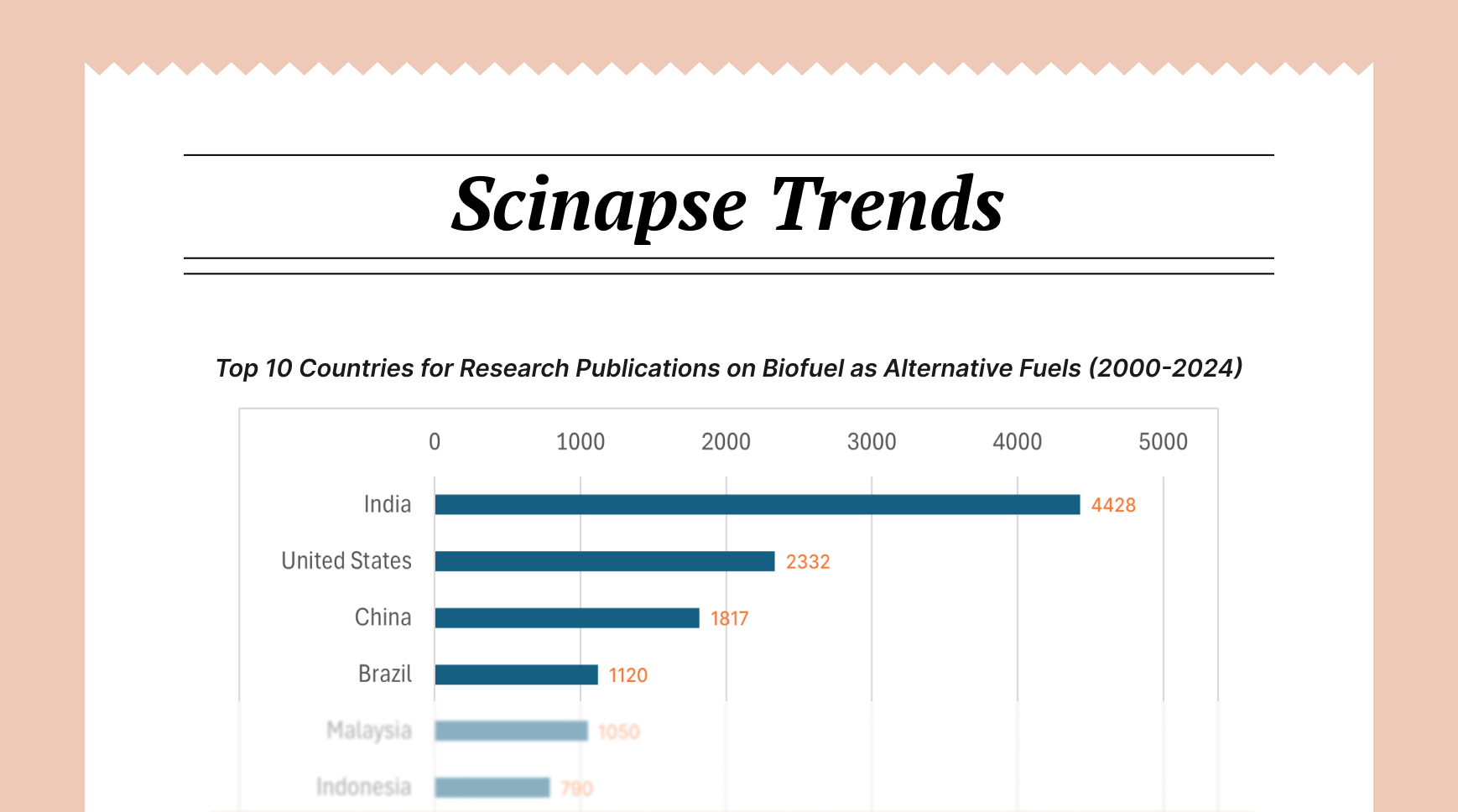Advances in Perovskite Quantum Dot Optoelectronics: Towards High-Performance LEDs and Solar Cells
PQD Advances: Enhanced stability/efficiency in LEDs & solar cells via surface/ligand engineering. New apps: displays, single-photon.
Introduction
Perovskite quantum dots (PQDs) have emerged as promising materials for optoelectronic applications, including light-emitting diodes (LEDs) and solar cells, due to their excellent optical properties, tunable bandgaps, and high quantum yields. Over the past five years, significant advancements have been made in enhancing the performance and stability of PQD-based devices. This mini-review highlights key research trends and progress in PQD synthesis, surface engineering, and device architecture for both LED and solar cell applications.
Enhancing Perovskite Quantum Dot LEDs: Stability and Color Purity
A major focus in PQD LED research has been on improving the stability and color purity of these devices. Researchers have explored various strategies to address the inherent instability of PQDs, particularly under operational conditions. One approach involves surface passivation and ligand engineering to reduce defect density and prevent ion migration. Tae-Woo Lee's group at Seoul National University demonstrated comprehensive defect suppression in perovskite nanocrystals, leading to high-efficiency LEDs (Young‐Hoon Kim et al., 2020, Nature Photonics; Joo Sung Kim et al., 2020, Nature; Joo Sung Kim et al., 2022, Nature). Haibo Zeng's group at Nanjing University of Science and Technology developed a bilateral interfacial passivation strategy, promoting both efficiency and stability (Leimeng Xu et al., 2020, Nature Communications). Jianjun Tian's group at Jilin University used acid etching-driven ligand exchange to achieve ultralow trap density, resulting in high-luminance and stable pure-blue LEDs (Chenghao Bi et al., 2020, Advanced Materials; Chenghao Bi et al., 2021, Advanced Materials; Mingyuan Xie et al., 2022, Nano Letters; Aqiang Liu et al., 2023, Nano Letters).
Efforts have also been directed towards achieving high color purity, particularly in the blue and red regions of the spectrum. Edward H. Sargent's group at the University of Toronto explored bipolar-shell resurfacing for blue LEDs (Yitong Dong et al., 2020, Nature Nanotechnology) and distribution control in reduced-dimensional perovskites (Dongxin Ma et al., 2021, Nature). Hong-Bin Yao's group at the University of Science and Technology of China used a sequential ligand post-treatment strategy to achieve spectrally stable and efficient pure-red CsPbI3 quantum dot LEDs (Yi‐Feng Lan et al., 2021, Nano Letters). More recently, Xingliang Dai's group at Zhejiang University achieved a high efficiency of over 26% in pure red LEDs by using chloride modification (Yifeng Feng et al., 2024, Angewandte Chemie International Edition). Haizheng Zhong's group at Beijing Institute of Technology demonstrated that ligand exchange-induced shape transformation of CsPbBr3 nanocrystals boosts the efficiency of perovskite light-emitting diodes (Shipei Sun et al., 2024, The Journal of Physical Chemistry C).
Advancements in Perovskite Quantum Dot Solar Cells: Efficiency and Stability
Parallel to LED research, significant progress has been made in improving the efficiency and stability of PQD solar cells. Ligand engineering plays a crucial role in enhancing the surface passivation and charge transport properties of PQDs. Lianzhou Wang's group at the University of Queensland explored ligand-assisted cation-exchange engineering to reduce phase segregation in Cs1−xFAxPbI3 quantum dot solar cells (Mengmeng Hao et al., 2020, Nature Energy). Jianyu Yuan's and Wanli Ma's groups at Soochow University investigated guanidinium-assisted surface matrix engineering (Xufeng Ling et al., 2020, Advanced Materials) and surface ligand management (Yao Wang et al., 2020, Advanced Materials) to improve photovoltaic performance. Xiaoliang Zhang's group at Nanjing University explored dual passivation with amino acid ligands (Donglin Jia et al., 2020, Small) and surface matrix curing (Donglin Jia et al., 2021, Energy & Environmental Science) to enhance the efficiency of CsPbI3 quantum dot solar cells. Minjin Kim's and Michaël Grätzel's groups at EPFL developed conformal quantum dot–SnO2 layers as electron transporters for efficient perovskite solar cells (Minjin Kim et al., 2021, Science).
More recently, Sung-Yeon Jang's group at Sungkyunkwan University used alkyl ammonium iodide-based ligand exchange strategy for high-efficiency organic-cation perovskite quantum dot solar cells (Havid Aqoma et al., 2023, Nature Energy; Havid Aqoma et al., 2024, Nature Energy). Jianyu Yuan's and Wanli Ma's groups also demonstrated high-efficiency perovskite quantum dot photovoltaic with homogeneous structure and energy landscape (Hehe Huang et al., 2023, Advanced Functional Materials) and solution-mediated hybrid FAPbI3 perovskite quantum dots for over 15% efficient solar cell (Fangchao Li et al., 2023, Advanced Functional Materials).
Perovskite Quantum Dots for Backlit Displays and Single-Photon Sources
Beyond LEDs and solar cells, PQDs have also found applications in backlit displays and single-photon sources. Daqin Chen's group at Fuzhou University has been actively involved in developing PQD-based backlit displays (Jidong Lin et al., 2020, ACS Energy Letters; Jidong Lin et al., 2021, ACS Energy Letters; Shuxin Chen et al., 2023, Advanced Functional Materials; Jidong Lin et al., 2024, Advanced Functional Materials). Gabriele Rainò's and Maksym V. Kovalenko's groups at ETH Zurich and Empa have demonstrated ultra-narrow room-temperature emission from single CsPbBr3 perovskite quantum dots (Gabriele Rainò et al., 2021, Nature Communications; Gabriele Rainò et al., 2022, Nature Communications) and room-temperature, highly pure single-photon sources from all-inorganic lead halide perovskite quantum dots (Chenglian Zhu et al., 2022, Nano Letters). Peter C. Sercel's group at the University of Oklahoma reported single-photon superradiance in individual caesium lead halide quantum dots (Chenglian Zhu et al., 2023, Nature; Chenglian Zhu et al., 2024, Nature).
Conclusion
The field of PQD optoelectronics has witnessed remarkable progress in recent years. Advances in surface passivation, ligand engineering, and device architecture have led to significant improvements in the performance and stability of PQD-based LEDs and solar cells. The development of PQDs for backlit displays and single-photon sources further expands their application potential. While challenges remain in terms of long-term stability and large-scale production, the continued research efforts promise a bright future for PQD-based optoelectronic devices.
✨ About This POST
This mini-review post was generated through Scinapse. Scinapse provides reliable research trend analysis using citation analysis and AI technology.
Check out the trends in your field too!
Get started at https://scinapse.io


Comments ()